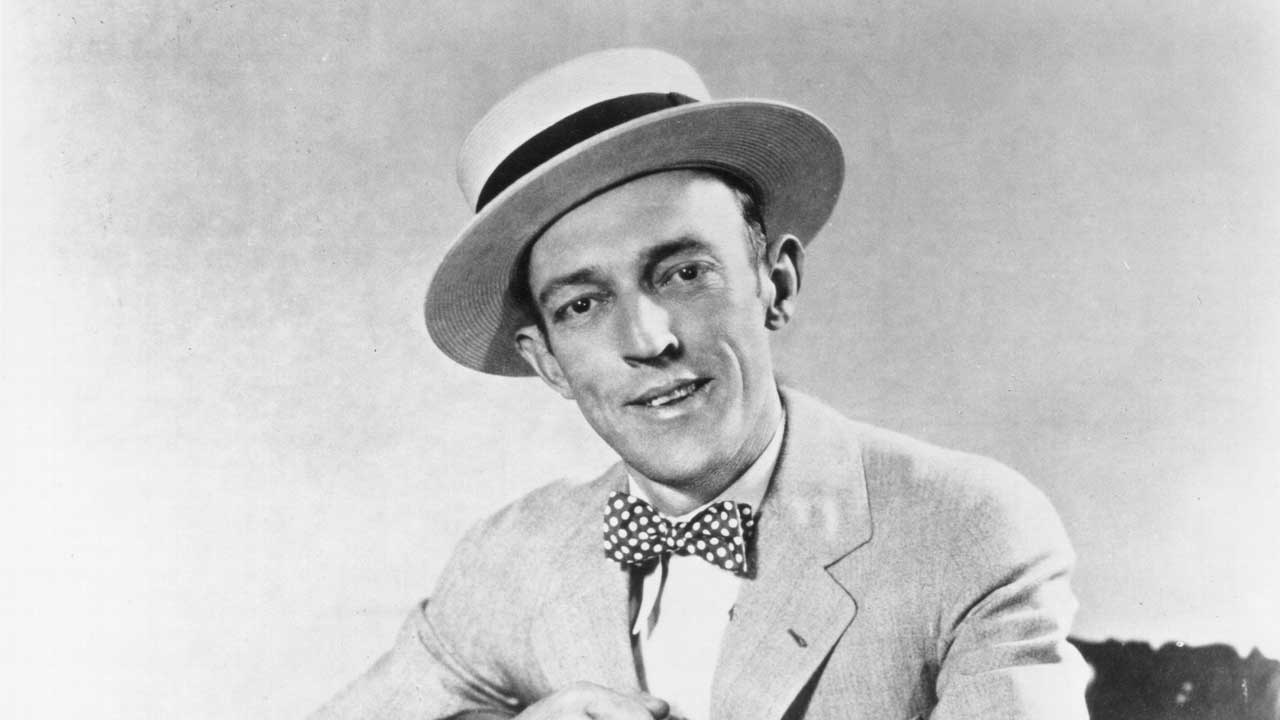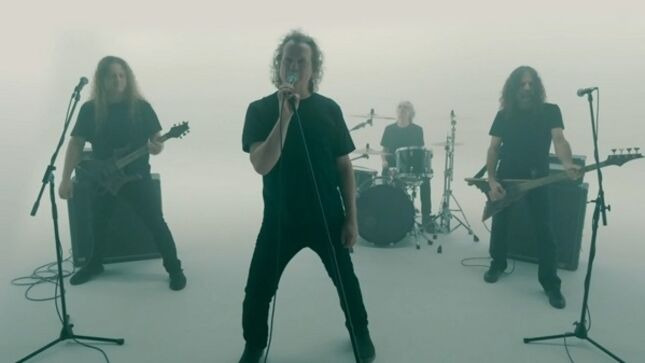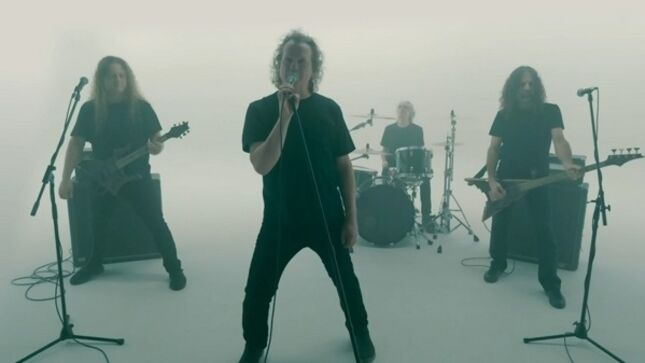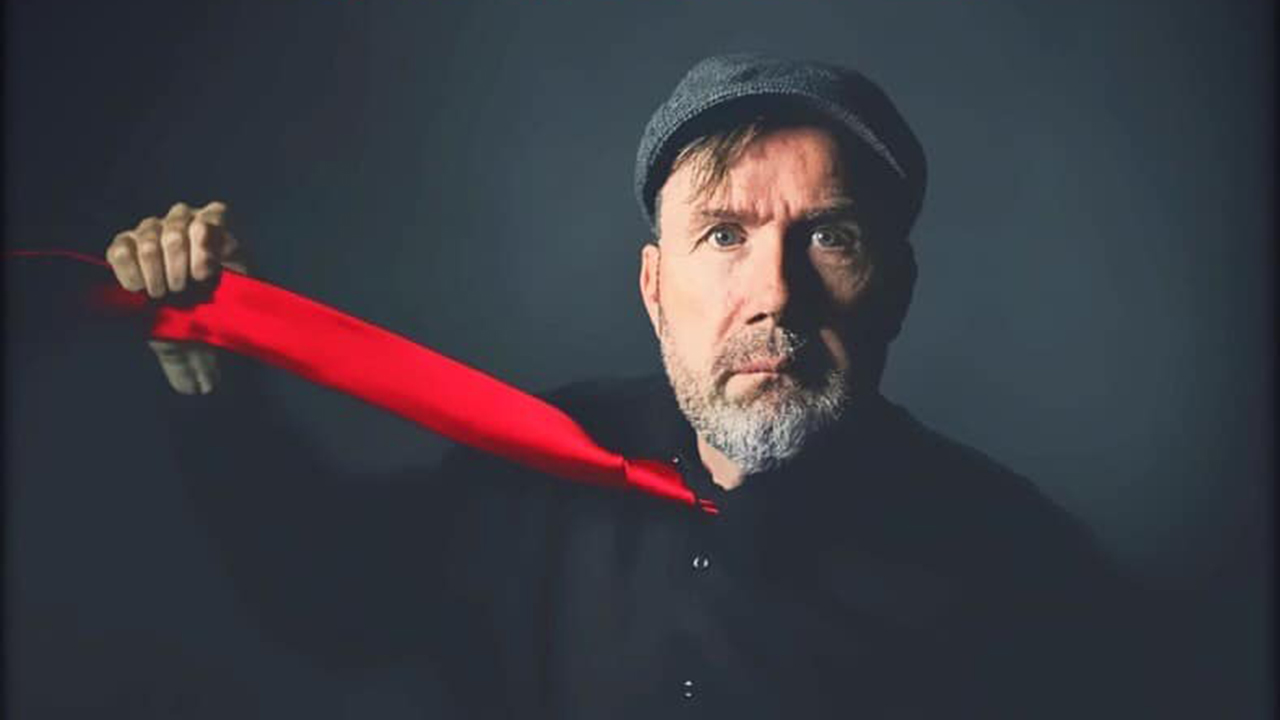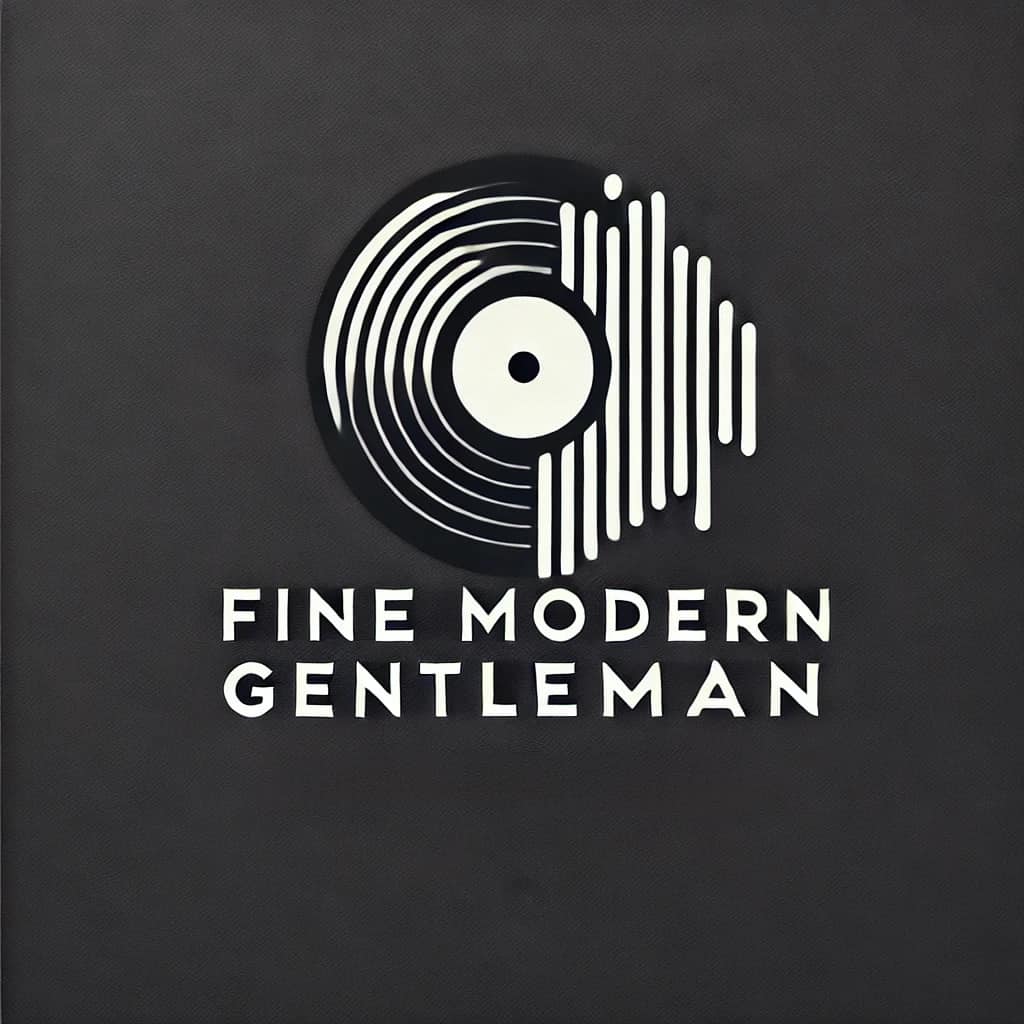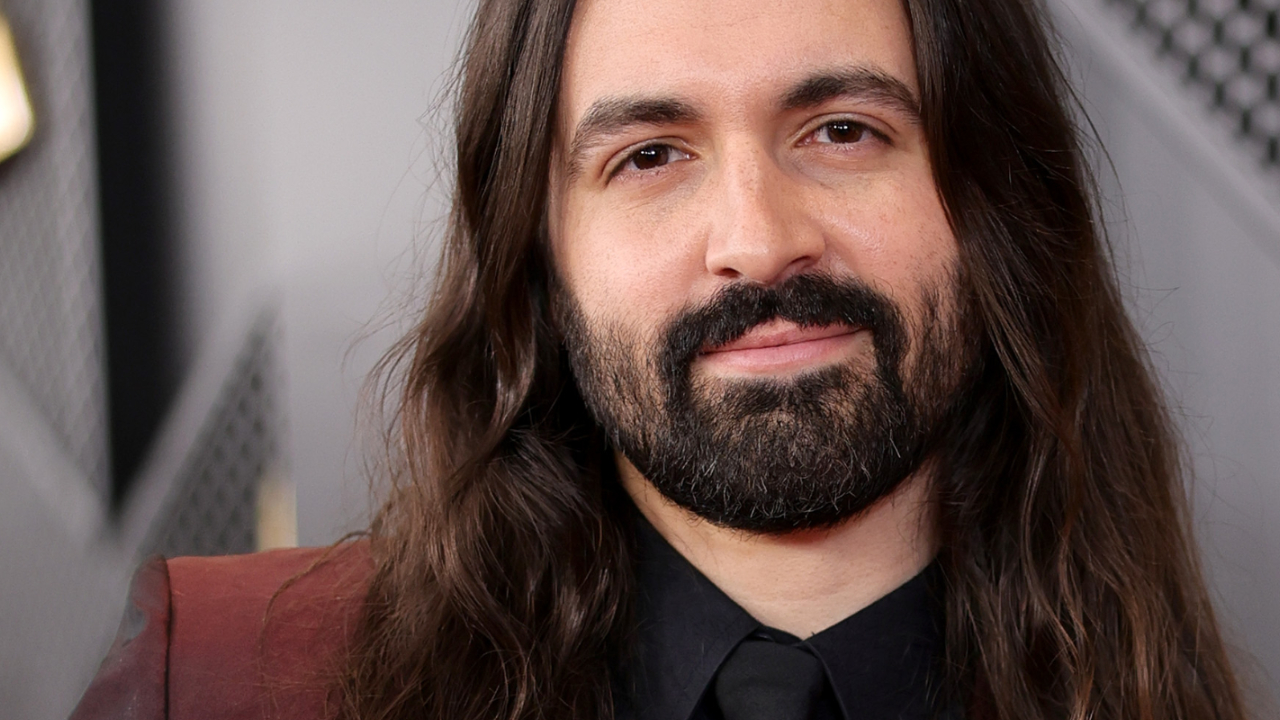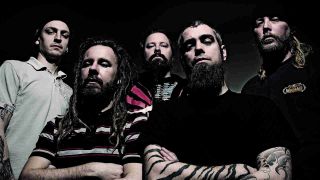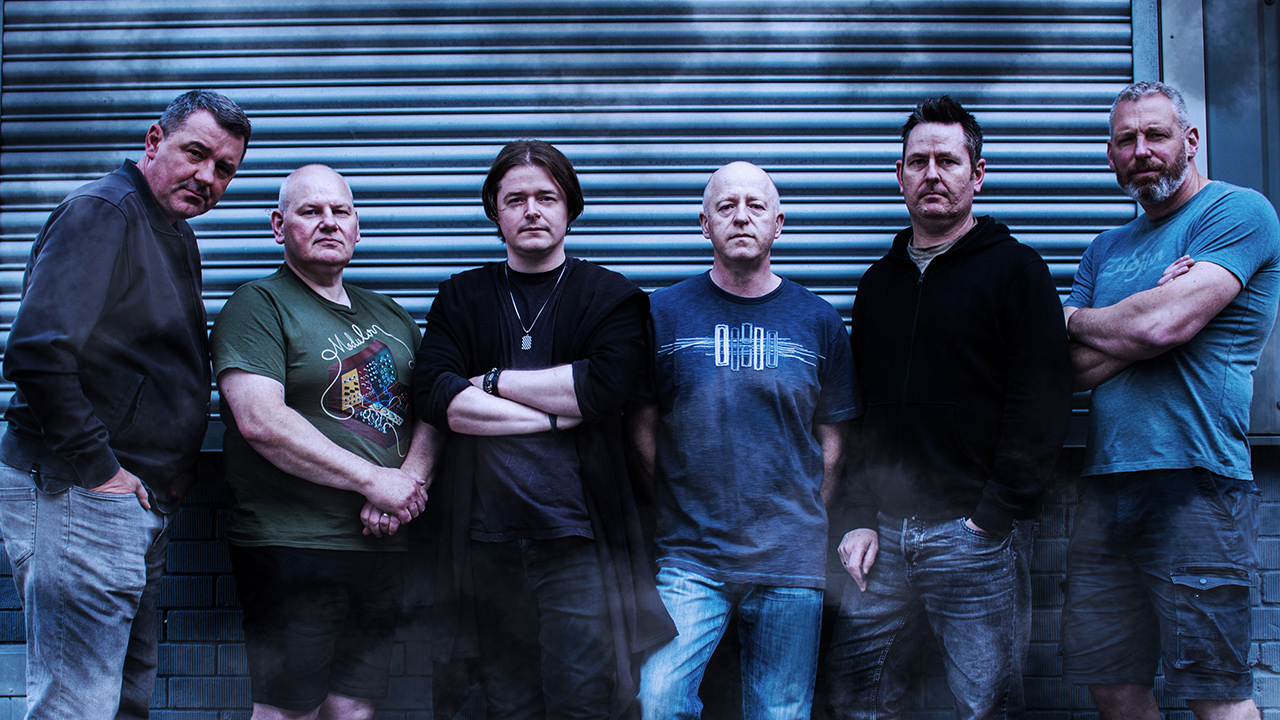
In the autumn of 1927, Victor Records and their talent scout and producer Ralph Peer were giving some thought to an artist they had signed up that summer – a 30-year-old singer and guitarist named Jimmie Rodgers.
Originally from Meridian, Mississippi, Rodgers had worked as a railroader. He quit because of tuberculosis, moved to North Carolina for its healthy mountain air and turned to music for a living. In August 1927 he had found his way to a location recording session that Peer was conducting for Victor in Bristol, Tennessee. There he had recorded a pair of whiskery old numbers, The Soldier’s Sweetheart and Sleep, Baby, Sleep, and this debut single had sold moderately well.
But what impressed Peer about his discovery was not Rodgers’ material but his natural gifts: a warm, communicative voice, made for telling stories, and an ingenious notion of following each verse with a yodel – not the virtuoso vocal gymnastics of the Alps, but a countryman’s yodel, the voice rising and falling, swerving and twisting, like a throwaway lick on a steel guitar.
Country music – though it wasn’t called that then – was still a developing form. Thus far, the Southern singers who had proved successful as recording acts, men like Fiddlin’ John Carson and Riley Puckett from Georgia, or Uncle Dave Macon from Tennessee, had relied mostly on old songs, stories people already knew. The first terms the music business found for this music were phrases like “Old Time Tunes”, “Old Familiar Tunes” or “Songs From Dixie”. What was unusual about Rodgers was that he had no interest in being “old-time”. He saw a different opportunity for himself. Soon, he was able to grasp it.
On November 30, 1927, Jimmie Rodgers went to church. Not for a service: it was a Wednesday afternoon, and in any case the Trinity Baptist Church in Camden, New Jersey, served an earthly purpose rather than a divine one, as Victor’s premier recording studio. It was Rodgers’ first time in such a place. He did a railroad song and an old sentimental Tin Pan Alley number, then, loosened up, he played a brief guitar figure and launched into a song like nothing anyone had heard before.
“T for Texas, T for Tennessee – T for Thelma, that gal that made a wreck out of me-ee. O-lay-ee-o, lay-eeay, lay-ee…” And so it went on, for six verses – a loose collection of blues couplets about women and liquor and guns, each jaunty verse tagged with that mocking yodel. So, naturally, they called it Blue Yodel.
Victor released it on February 3, 1928. Sales in the first three months went into six figures, an extraordinary achievement for a new artist, especially one unknown to the public through movies or radio. “Blue Yodel just swept the country,” Peer recalled. In May a columnist for a newspaper in Wichita, Kansas, commented: “Jimmy [sic] Rodgers seems to be going over big now with his vocal and guitar records. They are reminiscent of Kentucky and Tennessee mountain folk songs.”
The writer couldn’t have been more wrong – not only about Rodgers’ name, which has frequently been misspelled ever since, but about the nature of his music. There was nothing of the mountain folk song about Blue Yodel. It was something altogether new and, in its way, revolutionary. Blue Yodel introduced into country music a white take on the blues.
White artists had been appropriating black songs and styles for many years, from mid-19th century blackface minstrels to the vaudeville era of Mae West and Sophie Tucker and radio acts like the Boswell Sisters. But that was uptown stuff. What Rodgers had conceived was something quite different: a white version of black country blues, a distillation of life and its ups and downs in the rural and smalltown South, with just a guitar for accompaniment.
Blue Yodel offered not only a different sound – the white voice, the yodel, the steady 2/4 rhythm of the guitar playing – but a different attitude. It was shot through with subversive humour. “I’m gonna buy me a pistol, just as long as I’m tall – I’m gonna shoot poor Thelma, just to see her jump and fall…” In Rodgers’ easygoing delivery it’s comic-book violence, just a guy strutting his stuff. The guy who in the previous verse had boasted that he could get more women than a passenger train could haul.
And there’s more. “Rather drink muddy water,” Rodgers sings, “and sleep in a hollow log… than to be in Atlanta, treated like a dirty dog.” Lines like these may seem to us the intrinsic stuff of the blues, a fist shaken at the injustice of life, and maybe that’s how some of Rodgers’ original audience heard them. But for others they may not have come across as pleas for pity, still less grounds for protest, but rather as jokes. Dry, sardonic two-liners. First the set-up line: I’m going, the singer says, where the water drinks like wine. Why? Because – punchline – the water round here tastes like turpentine.
We don’t know how many of Rodgers’ listeners interpreted Blue Yodel that way, but certainly some contemporary observers did. In New York, a young lawyer named Abbe Niles, writing in the literary periodical The Bookman, was reviewing new releases of blues and old-time music. He immediately took to Rodgers, praising Blue Yodel as “engaging, melodious, and bloodthirsty,” and followed his career on record with interest, but after a while he registered some dissatisfaction. Rodgers’ “singing and guitaring,” he wrote on listening to Blue Yodel No. 3, “are as easy and lazy as ever, but [he] needs a gag-writer.”
Blue Yodel No.3? Indeed – this wasn’t just a song, it was a franchise. So swift was the public’s appreciation of Blue Yodel, and so ready was Rodgers to cater for it, that at his next session, in February 1928, he recorded both a Blue Yodel No. 2, all about his “lovin’ gal Lucille”,and a No. 3 (“She’s long, she’s tall, she’s six feet from the ground – she’s tailor-made, she ain’t no hand-me-down”). In October he added No. 4, followed in February 1929 by No. 5, and so it continued. Two years on from the original, he cut the seventh, Anniversary Blue Yodel. The 13th in the series was recorded at his last session, on May 18, 1933. Eight days later he was dead, and the posthumous release was titled Jimmie Rodgers’ Last Blue Yodel.
All the Blue Yodels were cut from the original cloth, being mostly 12-bar blues, collages of stanzas about troublesome or tantalising women, with yodel trimmings and generally one or two guitars. Blue Yodel No. 4 (California Blues) had a small sort-of-jazz band accompaniment, while Blue Yodel No. 9 (exceptionally, an eight-bar Blue Yodel) was a remarkable biracial collaboration between Rodgers and the celebrated jazz cornetist Louis Armstrong. The blue yodel had become a brand and, for the price of a publishing royalty, anyone could buy into it.
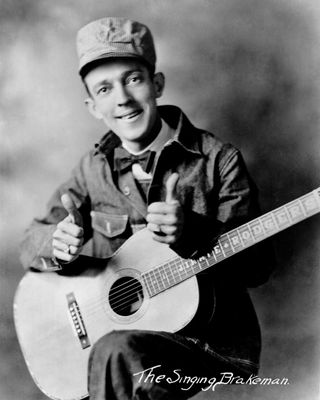
The cover versions were not long in coming. In April 1928, as music-store tills rang countrywide with sales of Rodgers’ original disc, Columbia Records, Victor’s chief rival, commissioned a Blue Yodel from their most popular old-time singer, the blind guitarist Riley Puckett. In June, a young singer and guitarist newly arrived in New York from Oklahoma – no, not Gene Autry, but a talented contemporary who would become his sidekick, Frank Marvin – and copied Rodgers’ hit for four companies, which issued it on 17 different American labels and even one in England.
Autry himself would ride into town about a year later and leap on to the Rodgers bandwagon. By then it was a little late to cover the original, but Autry did record several of the later-numbered Blue Yodels. In 1930, Rodgers’ younger admirer Cliff Carlisle made his contribution under the title that many listeners have preferred to Blue Yodel, namely T For Texas. There was even a partial translation into French, Un Fussi Qui Brille (A Shotgun That Shines), by the Louisiana Cajun singer and guitarist Roy Gonzales.
In the words of the country singer and Rodgers devotee Johnny Bond: “Blue Yodel No. 1, T For Texas, was the record that launched not only a new recording star but, most assuredly, the entire country music industry.”
The bandwagon would pick up many more riders who were profoundly influenced by Rodgers and by his momentous discovery of a hillbilly blues method. Jimmie Davis, the singing Louisiana politician who later made a lifetime hit out of You Are My Sunshine, started his career as an out-and-out Rodgers imitator, singing and yodelling the blues.
When Rodgers died, every record company tried to fill his place. None succeeded, but the sound persisted. Throughout the 1930s, virtually every country band that set its sights on fame would have someone in the organisation who could sing and yodel like Rodgers. His vein of bluesy singing and yodelling carried a pulse that has animated country music ever since.
Lynyrd Skynyrd – Blue Yodel (“T” For Texas) – YouTube 
Writer Bob Coltman sees Rodgers’ “suave, rueful, vernacular songs” as making him “the first real people’s popular singer, stylistically 10 years ahead of his time, breaking the long dominance of golden voice and stage manner.” According to his biographer Nolan Porterfield, Rodgers’ songs “altered and shaped the patterns of emerging hillbilly music, materially contributing to the legitimisation of the genre in the canon of American culture.” Ralph Peer, the man who discovered him, put it more simply: “A fellow like Jimmie Rodgers appealed to a much wider audience because he had a popular version of hillbilly.”
Look at his legatees. Ernest Tubb had been a Rodgers addict since his boyhood. When he made his recording debut in 1936, the first two songs he cut were memorials for Rodgers and he played them on one of his idol’s guitars, lent to him by Rodgers’ widow. The great honky-tonk singer Lefty Frizzell’s versions of songs from the Rodgers canon were among the best things he ever did. Bob Wills, the orchestrator of western swing, was a Rodgers buff and even covered Blue Yodel as late as 1937, but for some reason the recording was left unissued for half a century. And then there was Hank Williams, a man steeped in Rodgers’ music who explored its darker side, looking beyond the clown’s smile to the skull’s grin.
Blue Yodel – or, if you prefer, T For Texas – lives on, frequently reshaped, constantly renewed. It has been performed by Johnny Cash, Waylon Jennings, Willie Nelson. By Merle Travis and the Everly Brothers, Ramblin’ Jack Elliott and Doc Watson, Lynyrd Skynyrd and Dwight Yoakam. Yoakam’s version was included on the 1997 collection The Songs Of Jimmie Rodgers: A Tribute, an album whose cast list of figures including Bob Dylan, Van Morrison, Willie Nelson, Steve Earle and Aaron Neville is an eloquent proof of Rodgers’ rock-solid stature as a country music original – a stature largely based upon that one song.
T for Timeless? Almost certainly.

